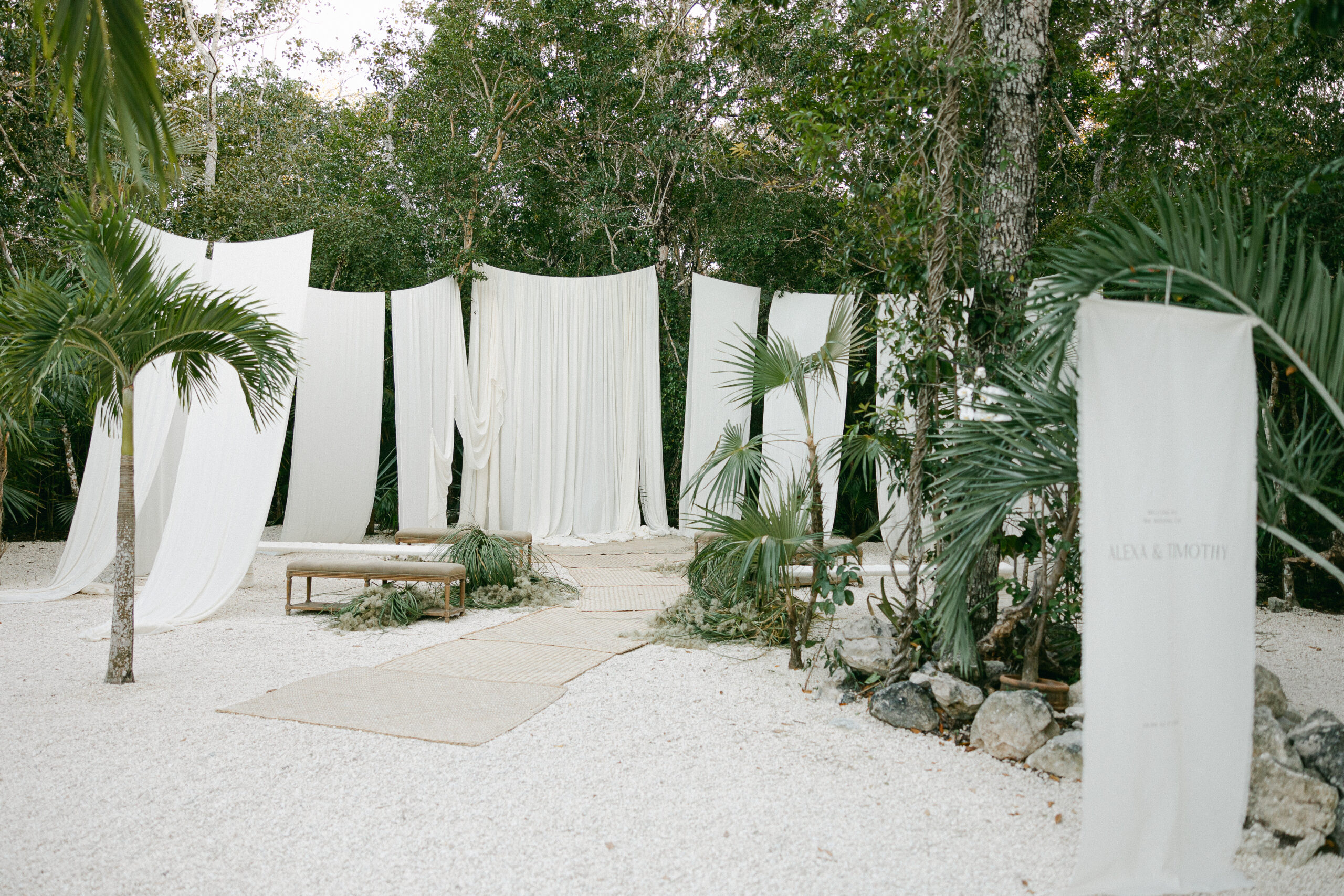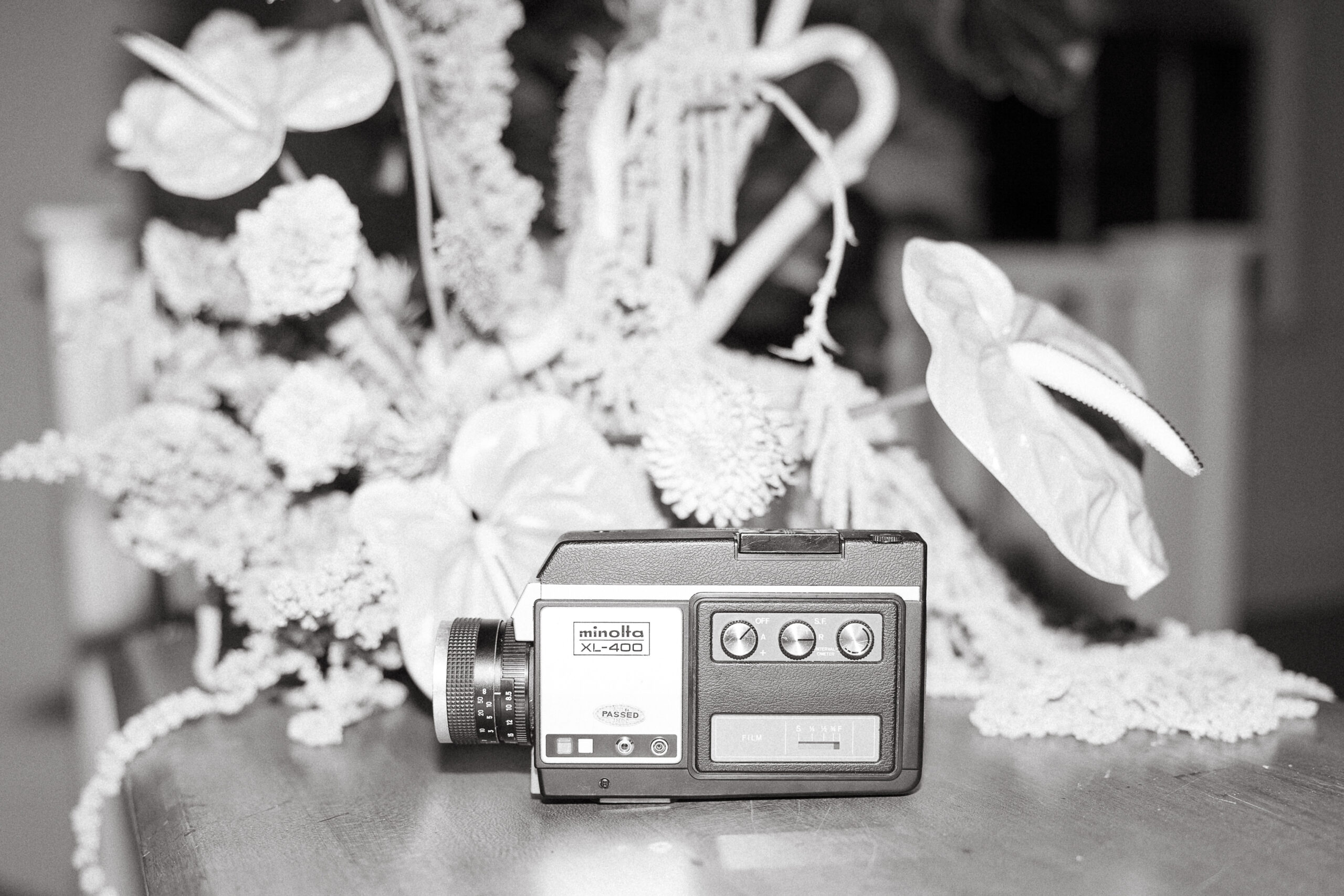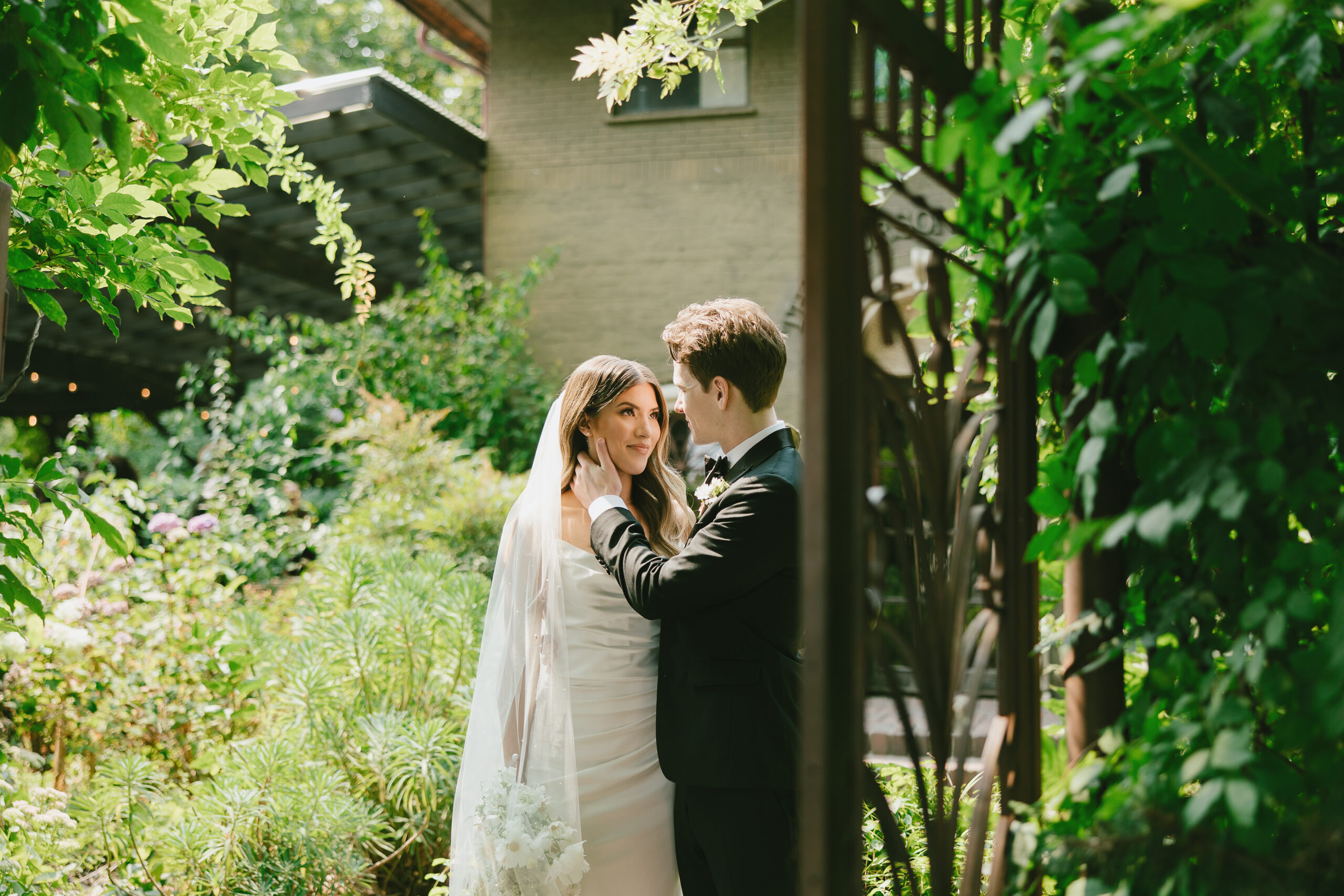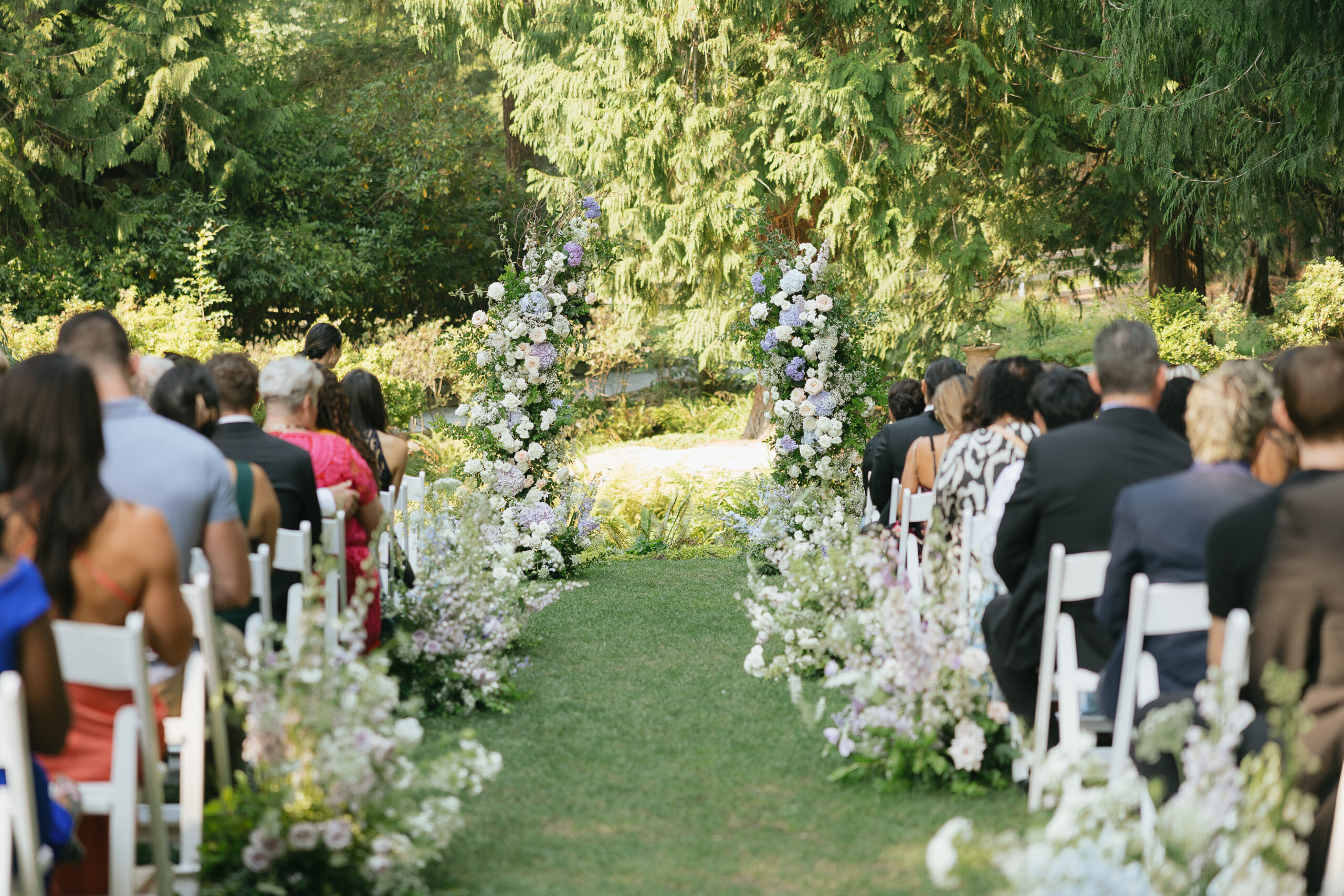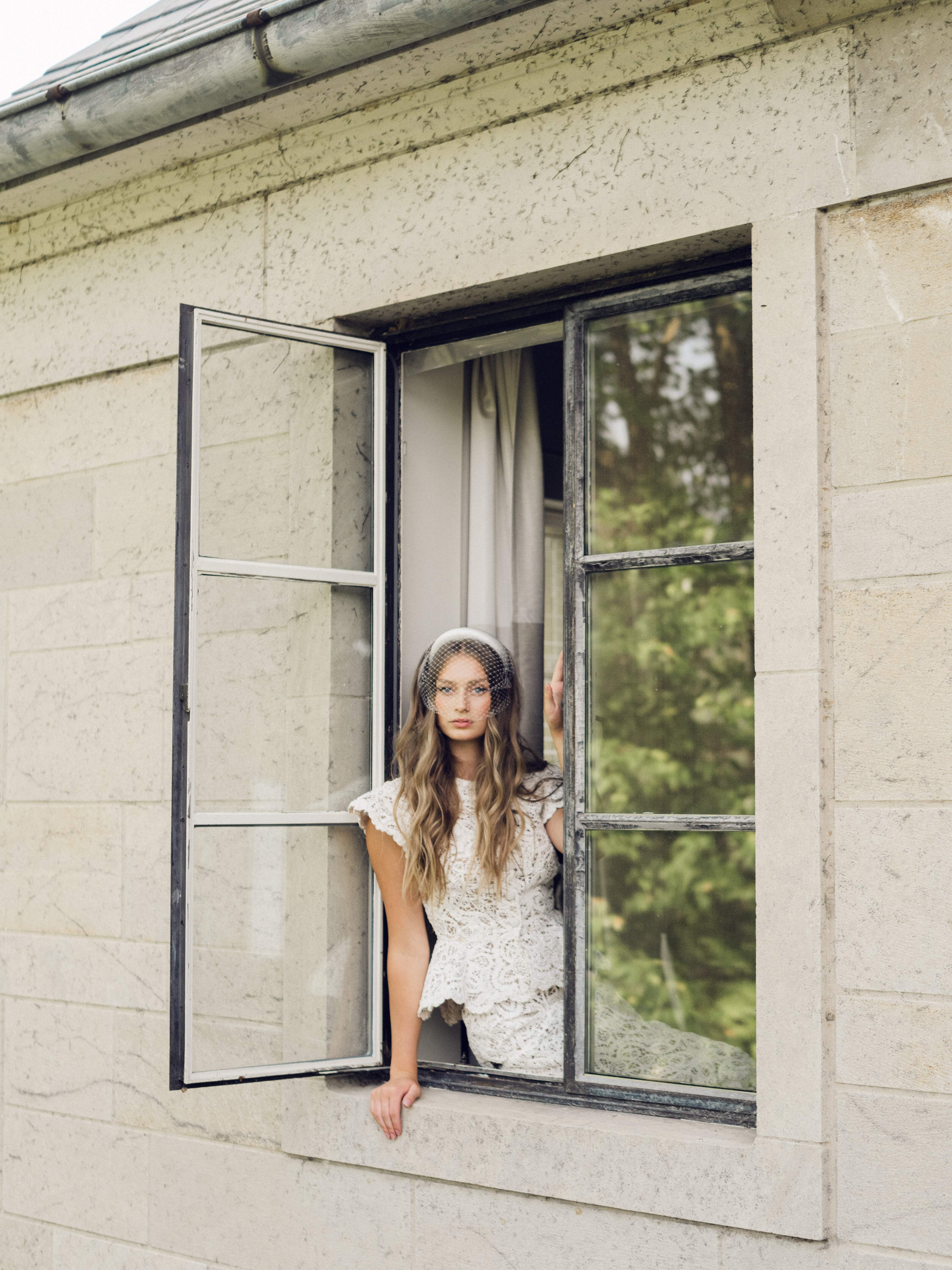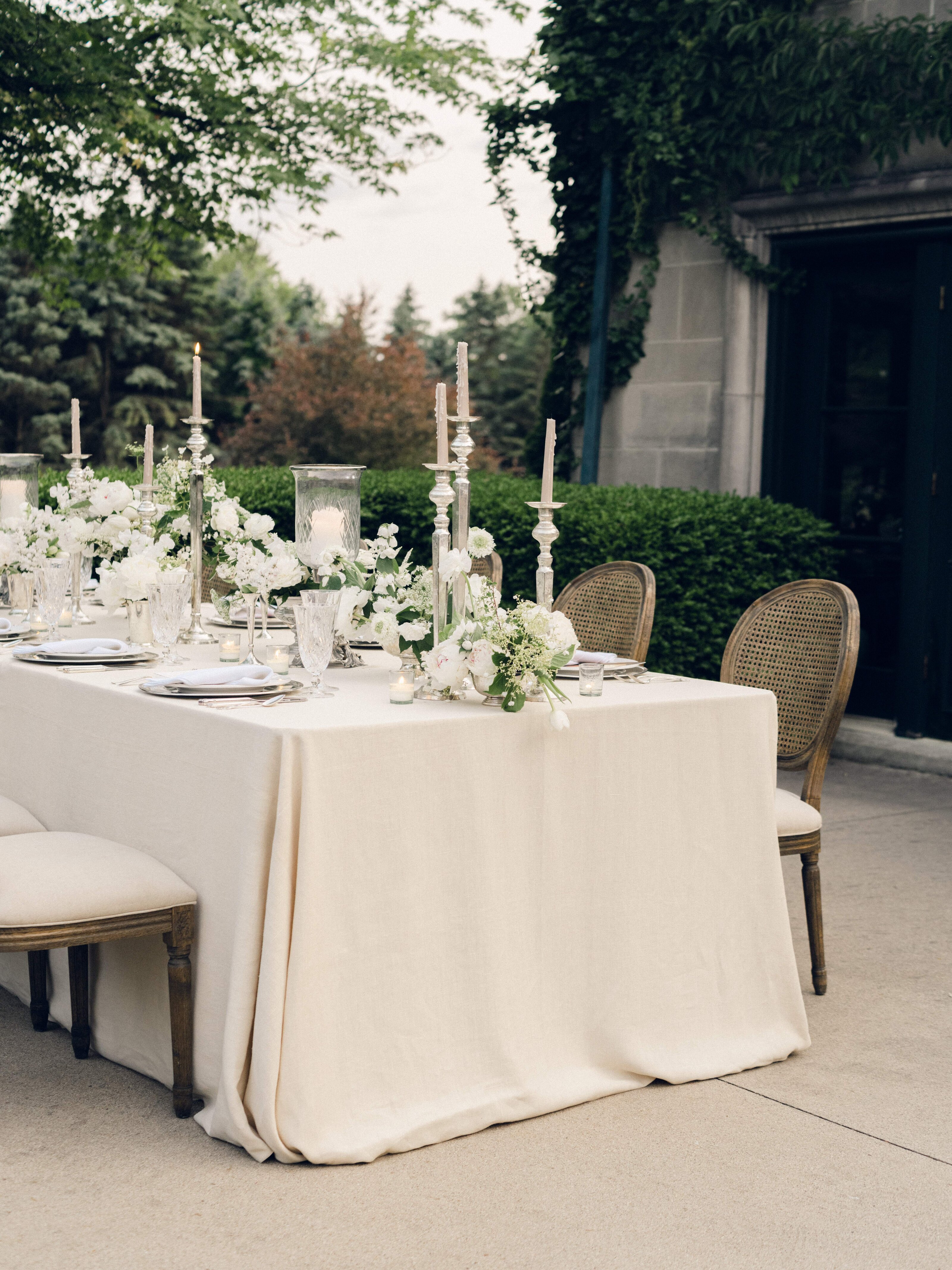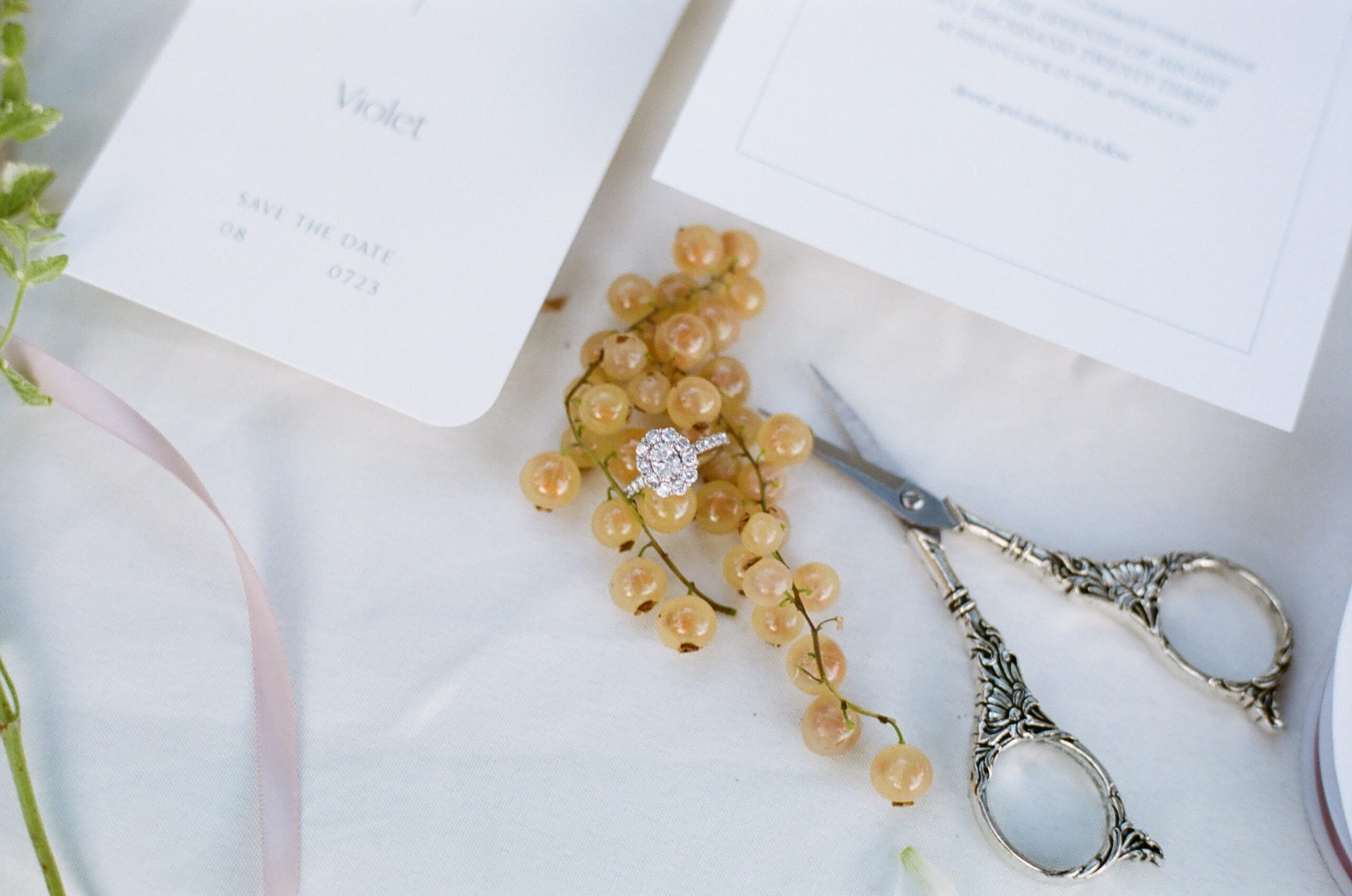
Introduction to Film Photography
In an age dominated by digital technology, the allure of film photography remains timeless and enchanting. For wedding photographers, in particular, film offers a unique and romantic way to capture those special moments that couples will cherish for a lifetime. In this guide, we’ll explore the world of film photography, why you should consider diving into it, how to get started, and essential tips for success.
Why You Should Get into Film Photography
Film photography isn’t just a nostalgic throwback; it’s an art form that can elevate your wedding photography to a whole new level. Here’s why you should consider embracing film:
- Timeless Aesthetics: Film photographs exude a warm, nostalgic, and timeless quality that digital often can’t replicate. They possess a certain magic that adds emotional depth to your images.
- Attention to Detail: Shooting on film forces you to slow down and be deliberate with each shot. This attentiveness to detail results in more thoughtful and carefully composed photographs.
- Enhanced Creativity: Film’s inherent unpredictability can lead to happy accidents and spur creativity. The unique qualities of each film stock and camera can inspire you to experiment and push your artistic boundaries.
How to Start Shooting Film
Now that you’re intrigued, let’s dive into how to start shooting film photography:
Film Cameras
Before you even think about pressing the shutter button, you’ll need a film camera. Film cameras come in various formats, with the most common being 35mm, medium format, and large format.
Overview of Types of Film Cameras
- 35mm: This is the most accessible and affordable film format. 35mm cameras are portable and great for candid shots. They use readily available 35mm film rolls.
- Medium Format: Offering higher resolution and larger negatives, medium format cameras produce exceptionally detailed images. They are ideal for studio portraits and controlled settings.
- Large Format: If you’re after unparalleled image quality, large format cameras are your best bet. They use large sheets of film and are perfect for artistic, large-scale prints.
Best Starter Film Cameras
For beginners, consider cameras like the Nikon FM2 for 35mm, the Mamiya 645 for medium format, and the Toyo 45A for large format. These models are user-friendly and readily available in the used camera market.
Film Stocks
Your choice of film stock significantly impacts the look of your photos. Experiment with different film stocks to find the one that suits your style. Some popular options include Kodak Portra for soft, pastel tones, and Ilford HP5 for rich black and white images.
Camera Settings: Aperture, ISO, and Shutter Speed
Understanding the exposure triangle is crucial in film photography:
- Aperture: Controls the depth of field (how much is in focus). Wider apertures (lower f-numbers) create a shallower depth of field for beautiful bokeh.
- ISO: Determines the film’s sensitivity to light. Lower ISO (e.g., 100) offers fine details in good light, while higher ISO (e.g., 800) is suitable for low-light conditions.
- Shutter Speed: Affects motion blur. Faster shutter speeds freeze action, while slower speeds create motion blur for artistic effect.
Tip to Overexpose Your Film: Rating Your Film for 200
To achieve that dreamy, slightly overexposed look often seen in wedding photography, rate your ISO 400 film as if it were ISO 200. This extra exposure can soften shadows and produce a delicate, ethereal quality in your photos.
Shoot!
With your camera, film, and settings in place, it’s time to start shooting. Remember, every frame counts with film, so take your time, compose thoughtfully, and capture the moments that tell the beautiful story of a wedding day.
Send Your Film to a Lab
Once your rolls are filled, it’s time to send them to a professional lab for processing. Many labs, like my personal favorite, PhotoVision, offer excellent film processing services. Be sure to communicate your preferences and any specific instructions when sending your film.
Set Up a Call with Your Lab
After you receive your developed film, set up a call with your lab. They can help you understand your results, discuss any issues, and provide tips for improvement. This collaboration can be invaluable for enhancing your future film photography work.
In conclusion, venturing into film photography as a wedding photographer is a rewarding journey filled with unique challenges and unparalleled rewards. It’s an art form that encourages you to slow down, be deliberate, and capture the magic of love in its purest form. Embrace the film, and you’ll discover a world of beauty that transcends pixels and megapixels, creating memories that will last a lifetime.
+ view the comments
